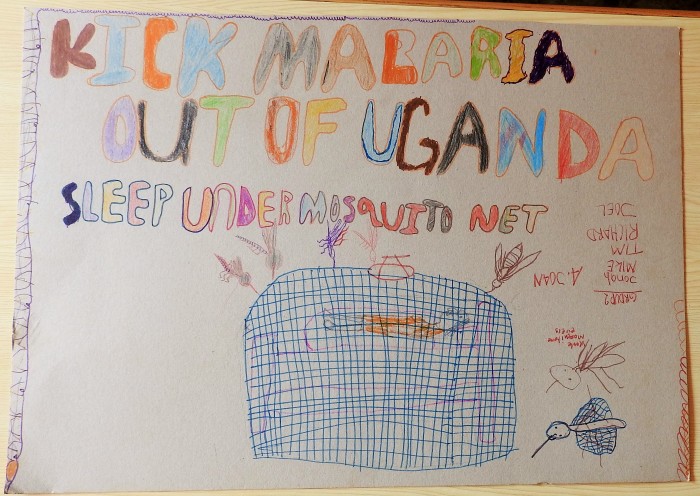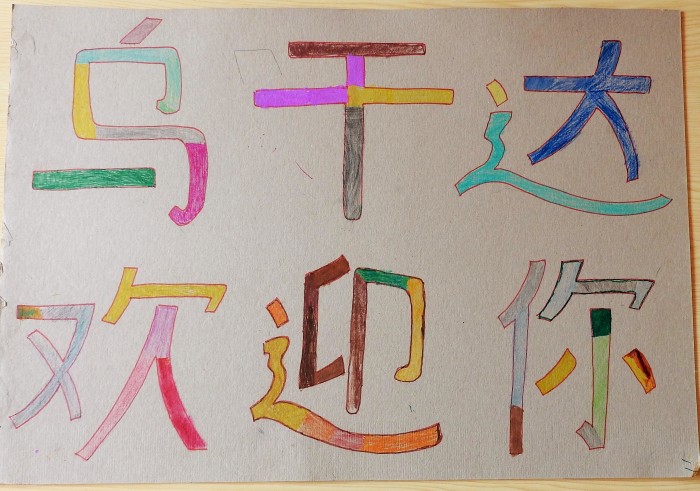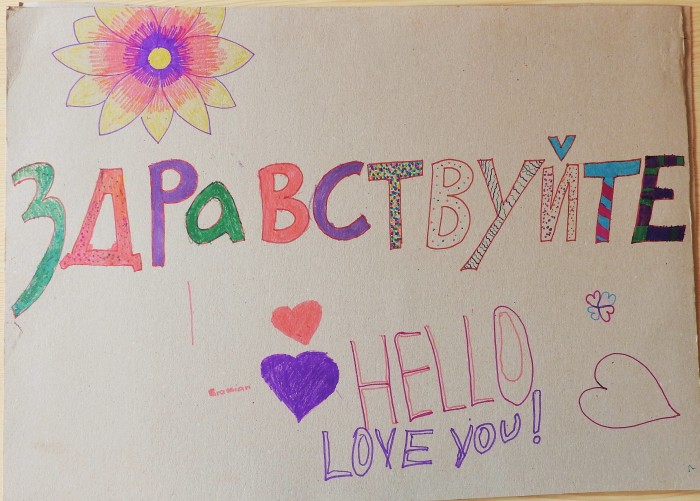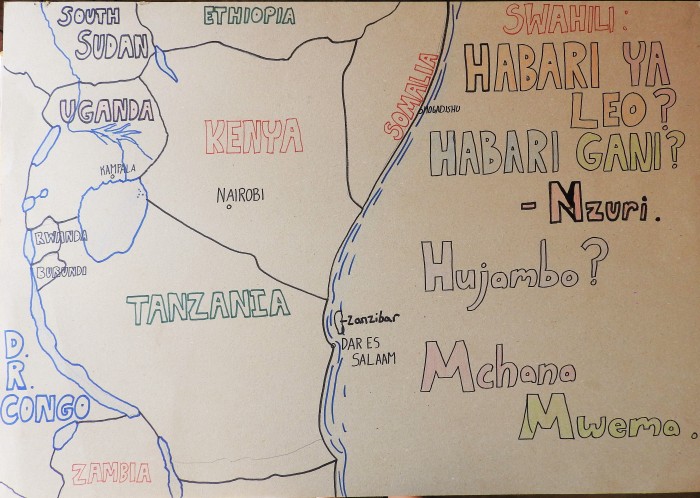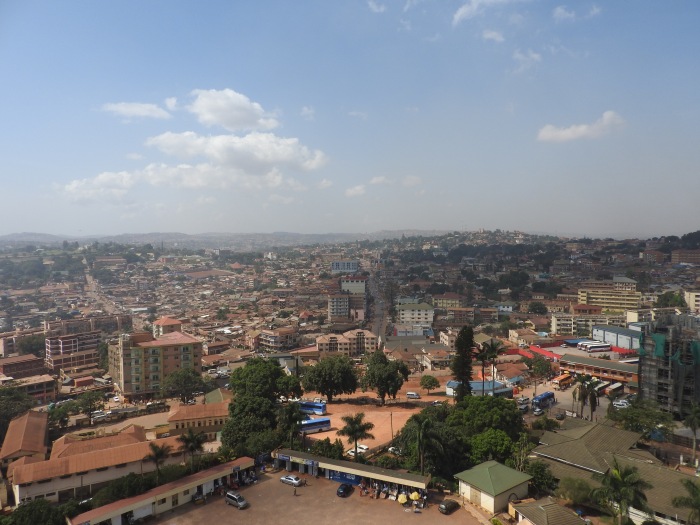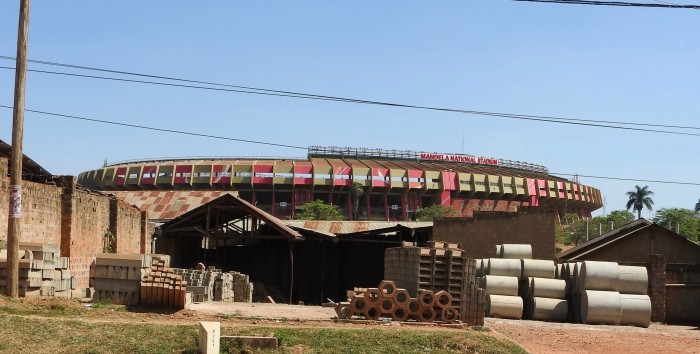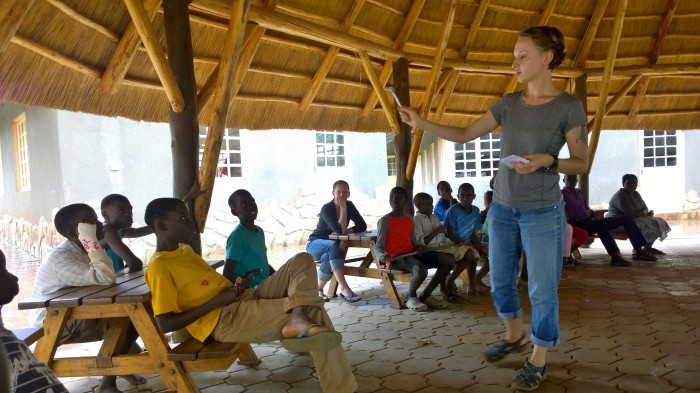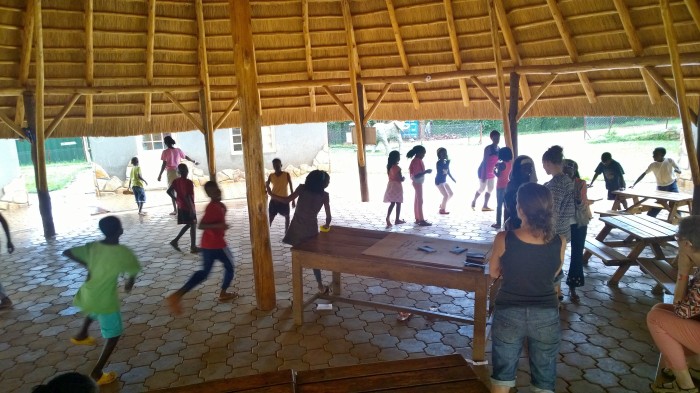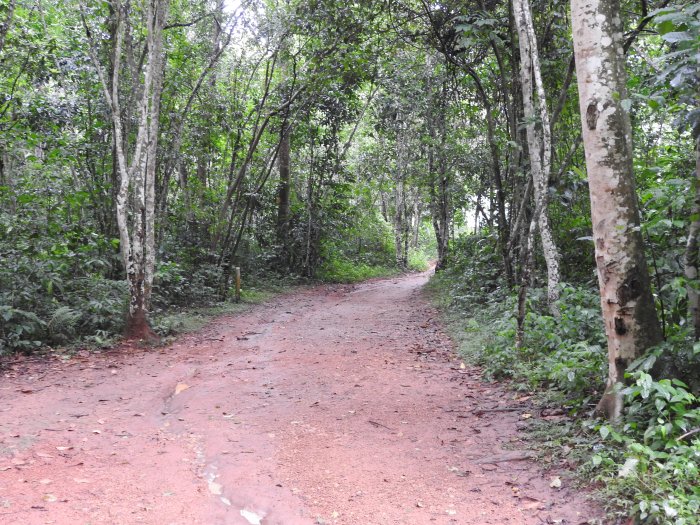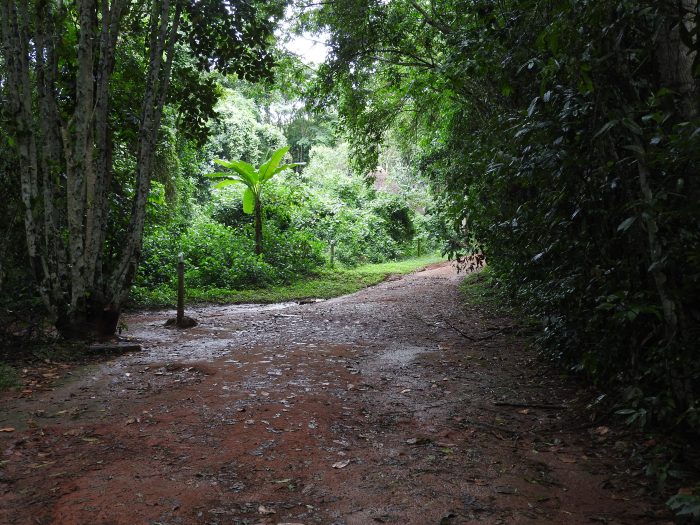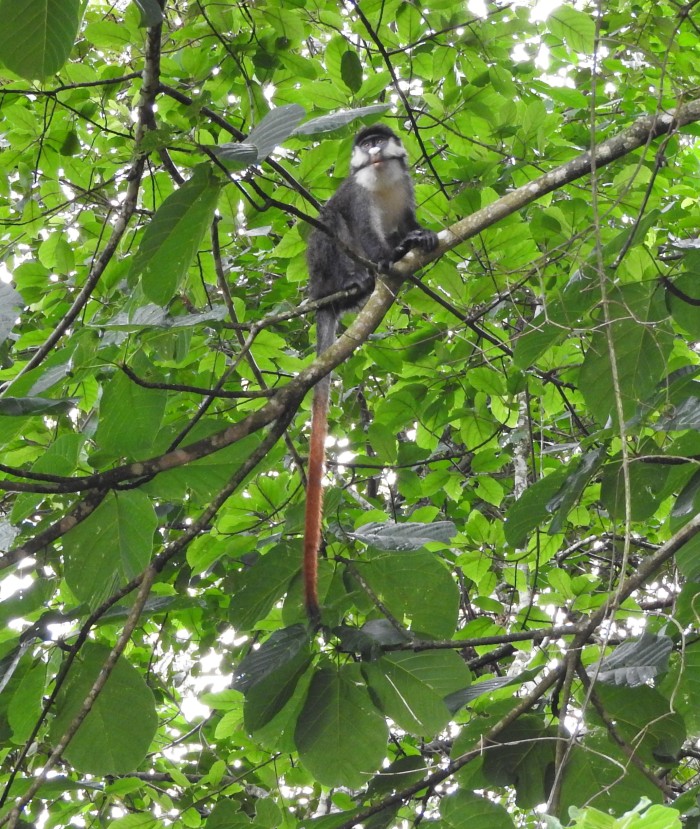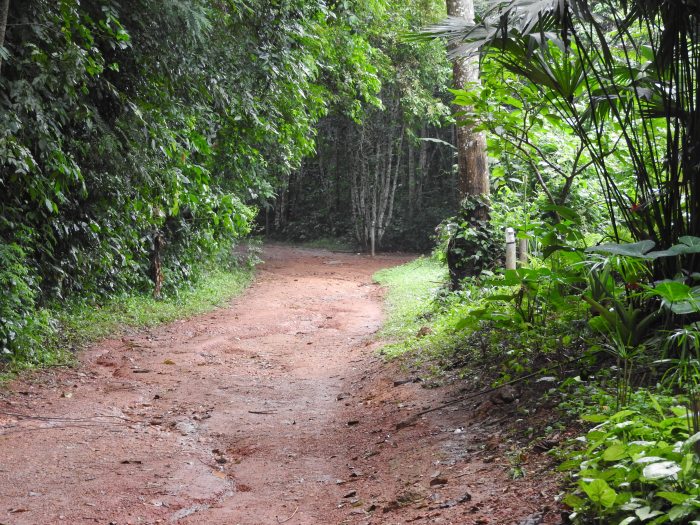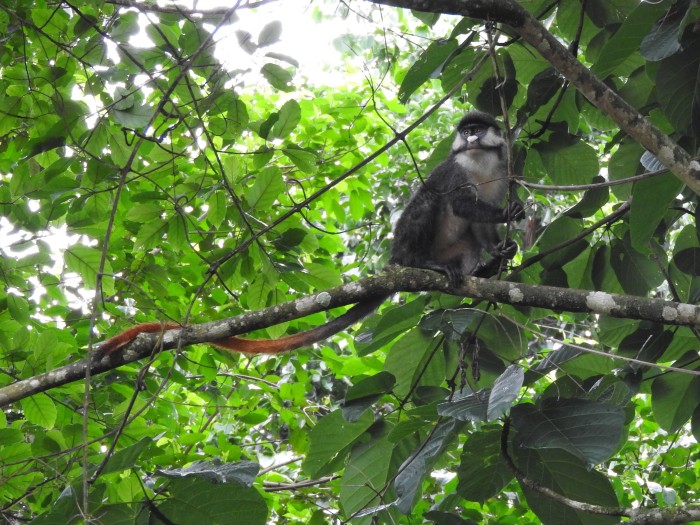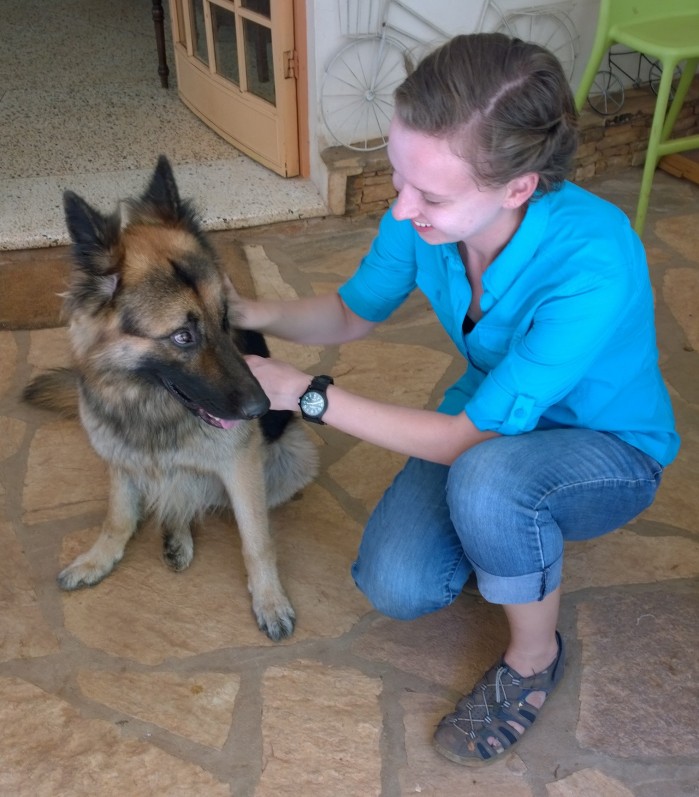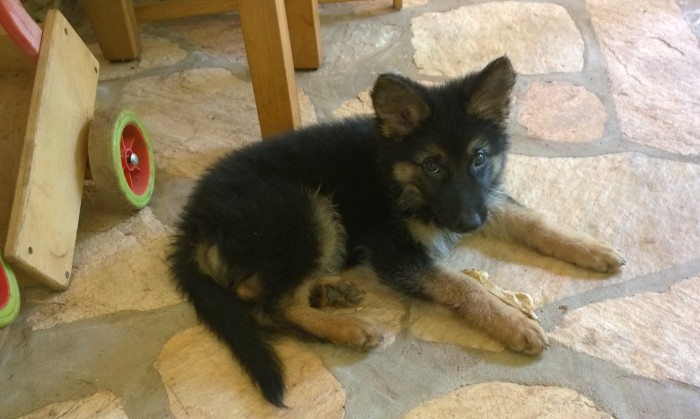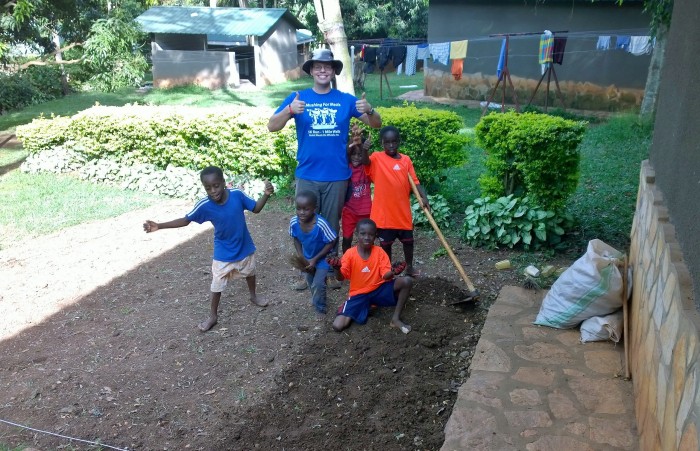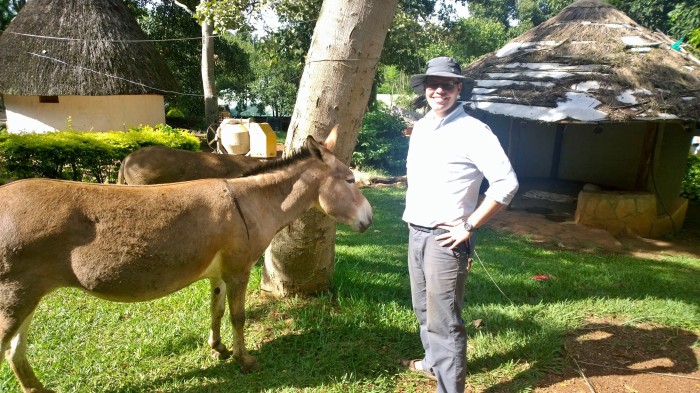Disclaimer: The content of this blog is mine alone and represents my own views and opinions and does not necessarily reflect the views of the US Government, the Peace Corps, or the Ugandan Government. Furthermore, the intention of this blog is not to malign, injure, or libel, any religion, ethnic group, club, organization, company, or individual.
Photos and videos in this blog may not be reproduced without this bloggers expressed written permission.
Part Three: From Mburo to Kilimanjaro
Week Fifty-Two/ May 2017
365 Days Later
The End of the Rainy Season
The bubbling rumble of churning water reverberates from our bathroom, as my husband scrubs his laundry by hand. It’s 10:05 in the morning and he has been doing laundry for over an hour. This is our routine. Twice a week, we both go through the process of removing all the dirt, all the grime, and all of the smell of matatu, from our clothing.
In the course of the two months we have lived at our new site, we have slowly settled into our house. Our bikes stand, propped on their kickstands, in one room on of house; our shoes, once blue, and grey, are now eternally sainted red from the clay earth of Uganda; our dirty dishes lie in the sink; and the tattered books that we brought from Wisconsin line the shelves, by now we have read almost every single one.
…
It’s now 4:30 in the afternoon, the sun has descended enough that it is comfortable to make the mile walk to the stage (taxi stop), where the dirt road meets a paved road, which hosts a fair amount of traffic. My husband and I don our ball-caps, shove a few crumpled 1,000 and 2,000 Uganda shilling notes (30-60 cents), into our pockets, put on our bags, which are filled with empty reusable cloth bags, and head out our door. The crimson dirt crunches under our feet, and the sun, while less intense than a few hours earlier, still beats down on our heads. The rainy season is ending, and the dry season is starting, the temperature now creeps towards 80 degrees every day. Yet, in spite of the increase in temperature, we are still thankful for the cooler days of Mukono, as the average daily temperature in Namayingo was between 90-95 degrees.
We traipse along through the rolling hills of the Buganda Kingdom, and eventually we reach the stage, where a few women have set up duukas (small wooden shops), from which they sell egg-plant, onion, garlic, green pepper, avocado, pineapple, banana, and potatoes. We greet, negotiate cost, and chat in Luganda with a duuka owner. An adjacent duuka owner is playing the song “Farmer Wange” by Sheeba and Ykee Benda.
Nze nimiro, gwe farmer
Nze nimiro yee
Nze nimiro, gwe Farmer
Nze nimiro yee
Soon we make our way back to the compound. The compound lies in a forest, and hundred foot trees line the path to our house. As we stroll, monkeys jump from tree to tree gorging themselves on Jackfruit, and a group of children, greet us and cling to our hands as we walk back to our house, telling us about their day, asking us what treasures we have in our bags.
Somewhere in the space of minutes and hours and mornings and nights, a year has gone by. 365 days ago, my husband and I were boarding a plane for Philadelphia. We were saying goodbye to family and friends, to our favorite foods, and to everything familiar.
Since leaving 365 days ago, we have not left Uganda. Thus, it has been a year since we stepped foot in Wisconsin; a year since we have looked over the waters of Lake Michigan, and a year since we have seen most of our family.
Some things about the last year are quantifiable; for example, I have published 70 blog posts, been away 52 weeks, lived in four different Ugandan villages, learned, or began learning, six new languages, and had four bacterial infections.
Other things are much more difficult to quantify…In one of my pre-departure posts, I wrote, “I am excited for the ways I will grow and the things I will learn [in Uganda] that I do not yet have the imagination for or the words to describe.” There are some things that I now have the words to describe, such as, I can now imagine what it is like to ride on a matatu and get groceries. Those are tangible things that I now have a basis for understanding. Yet still, there are more difficult aspects to quantify, but aspects that I hope have emerged in my last 70 blog posts.
I want to end this section of this post with something I wrote in my week seven post, “The Cockroach and the Wasp”,
I love my days here; and, as they have slowly developed into weeks, I am able to put words to what I am falling in love with. I love the roosters crowing and the children crying and laughing in the morning. I love the feeling of the sun on my face as I walk to school. We are nearly on the equator, and it is the dry season, so every day the sun beats down with a brilliant intensity that I love. I love the dust because it reminds me that I am here in Uganda, radiant red roads and the small particles are thrown everywhere with the wind. At the end of the day my feet are always a different color than when I started. The love the duukas’ (a duuka is a small shop, usually made of wood, no more than 5’5” high and maybe 3’ wide) filled with chapatti sellers (chapatti is a fried flat bread), tomatoes, dvd sellers, welders, airtime stores (all cellphone plans are pay as you go here, it’s called, “buying airtime” when you want to add minutes), and charcoal sellers. I love the boda-boda drivers waiting to give someone a lift, and swarms of children running around. On the road, fleets of petrol lorries transporting fuel from South Sudan into Uganda, Kenya, and the DRC (the Democratic Republic of the Congo) teeter by, and matatus wiz by crammed with many, many more people than just 14 – technically the legal limit. My nostrils are filled with the smells of fried dough and eggs, dust, freshly cut steel, chicken funk (there are free range chicken everywhere-some even get bizarre haircuts so their owners can tell them apart), and charcoal fires; and sometimes, the smells of posho and matooke coming from someone’s kitchen. In my ears I hear cows mooing, but as a get closer to school I hear music blaring from a duuka, horns bellowing, and children screaming, “muzungu! Muzungu bye!”

…
This past week…
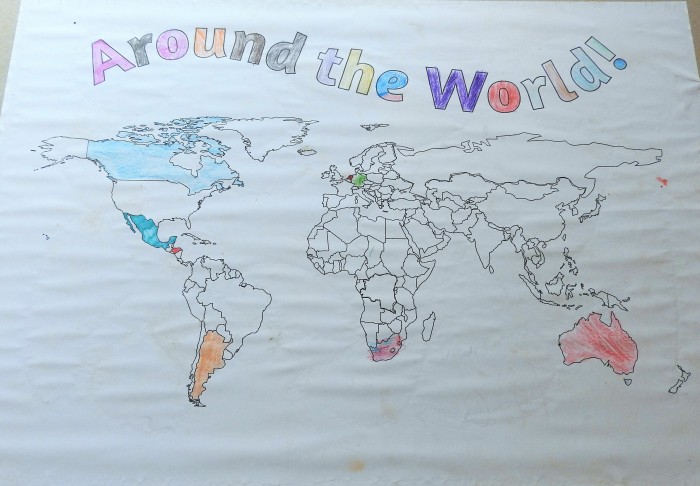
This week our organization finished their three-week holiday program. It felt like we had crossed a finish line. After I spent the first week on malaria, part of the second week on nutrition, I covered a range of topics this last week.
On Monday and Friday, I did workshops on conservation and sanitation, during which the kids learned about germs and how to define words like pollution, waste management, and biodegradability. To learn about germs, I had the kids to a hand-washing exercise. I brought cooking oil, and had the kids put the cooking oil on their hands, then I brought around water and asked the kids to remove the oil with just water. Obviously, the oil went nowhere. Then I passed around soap and had the kids wash their hands with soap and water, the oil came off. The oil represented germs, and the importance of always using soap when washing one’s hands. Then, besides defining pollution, waste management, and biodegradability, I also tried to have the kids participate in a compound cleanup to practice picking up the plastics, but leaving things like brown leaves. While the germ activity went over well, the compound cleanup and conservation activities are projects I would like to spend more time on during the next term break. This is because, for most of the kids I worked with, the conservation definitions and activity were completely new, so for the compound cleanup, all of the kids left and did not participate except for one. So, I’m hoping to spend more time on it next term break.
On Tuesday, I attended and helped to document the “Jjajja Thank You Program.” During the term break, when the organization puts on a ‘holiday program’, the students in P.6 (Primary Six) participate what is a called the ‘Jjajja program’. The students go out into the community and work with a local jjajjas (elderly women), for several reasons, 1) to help the jjajja with basic household work, 2) to expose the kids to Luganda, and 3) to expose them to life outside the compound and Buganda culture, they fetch water, help slash, and help cook on a sigiri. Thus, on Tuesday, the organization brought all of the Jjajjas’ into the compound and had a thank you ceremony. The kids performed a dance, gave thank you speeches, and prepared and served a meal for the Jjajjas’.
On Wednesday, as the theme of the holiday program was “Around the World”, I worked with two groups and we “went” to Russia and China. The kids learned where China and Russia are on a map. They learned basic Chinese and Russian phrases, as well as basic information about both countries. Then, I taught two songs, a Chinese one and Russian one. Finally, the kids did a craft that my husband helped me to prepare. The kids colored in stencils, of Chinese and Russian words, like 你好 (hello), 乌干达欢迎你 (Uganda welcomes you), добро пожаловать! (welcome), and Здравствуйте (hello).
And, on Thursday, my husband and I accompanied the kids on a field trip into Kampala. Six chaperones from the organization were also present, and we tagged along to help with food distribution and to get to know the kids better. We went to the Kololo neighborhood of Kampala, and attended a Taekwondo lesson with the kids, it was blast!
The holiday program was a great time, but also exhausting. So, while I’m glad to get back to a bit of a saner work schedule, I’m happy with how the program went, I enjoyed the structured and focused time with the kids, and am already thinking of ideas for the next term break.
